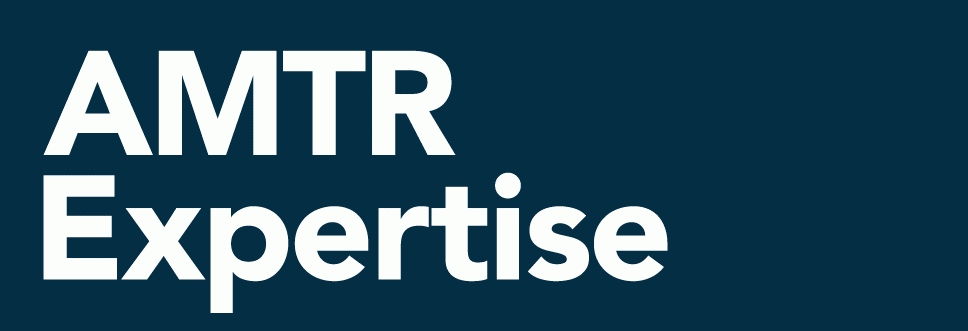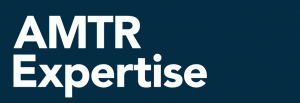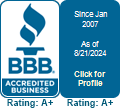An incomplete bill of lading can make your freight charges significantly higher.
The bill of lading is probably the most important document associated with motor carrier shipping. The three main purposes of a bill of lading are to act as evidence of a contract of carriage, document of title to goods shipped, and receipt of goods shipped. Many shippers underestimate just how important it is to thoroughly and completely fill out one of these documents; neglecting to include certain information may cause freight costs to rise significantly.
A Uniform Straight Bill of Lading is a standard bill of lading template used by a particular carrier or shipper. Generally, these contain fields which request the same general information. These documents typically contain a section to include the following shipment characteristics: Handling Units (Number and Type), Packages (Number and Type), Hazardous Materials Information, Description of Articles, Weight, Class or Rate, and Cube. Often, shippers include only the bare necessities—just enough to get the load shipped. However, with LTL shipping in particular, all of these characteristics can be extremely important. Many NMFC items include different sub items or groups which are based on such factors as package type, density, dimensions, or hazardous materials type. A failure to include the necessary information will often lead to the application by the carrier of the highest class under the applicable NMFC item.
Another essential piece of information included on bills of lading relates to freight payment responsibility. While some bills of lading state that freight charges are automatically prepaid unless indicated as collect, other bills of lading state the opposite. Some bill of lading types do not state a default manner of freight payment; in this case, payment responsibility will be based on the carrier’s rules tariff.
Additionally, most bills of lading include an area for the shipper to indicate the released value of the items shipped. This area is often overlooked by shippers, and the consequences may be costly. Certain NMFC items contain sub items which are based on the released value of an item. A failure to indicate the released value will usually result in the application by the carrier of the highest class found under the NMFC item which applies to the product shipped.
Certain accessorial charges are required to be requested in writing on the bill of lading, such as protect from freezing service. In order to ensure that the service is carried out, many carriers require that a certain phrase be indicated on the bill of lading in a certain way or in a specific area. Liftgate service often needs to be specifically requested on the bill of lading. Obviously, these services may be requested after the bill of lading has been transmitted to the carrier, but as is the case with most things, it is always better to have it in writing.
As you can see, the information a shipper provides on a bill of lading can make a huge impact on freight charges. So how can you protect your company from class, freight payment responsibility, and accessorial charge errors? Include as much information as is available on your bills of lading and let AMTR review your freight bills.
Every missing piece of information has the potential to cost you extra. Let AMTR protect you from these extra costs with our signature freight auditing program. We are bill of lading experts and will utilize all possible information in order to ensure recovery of overcharged funds.





There are no comments yet, but you can be the first